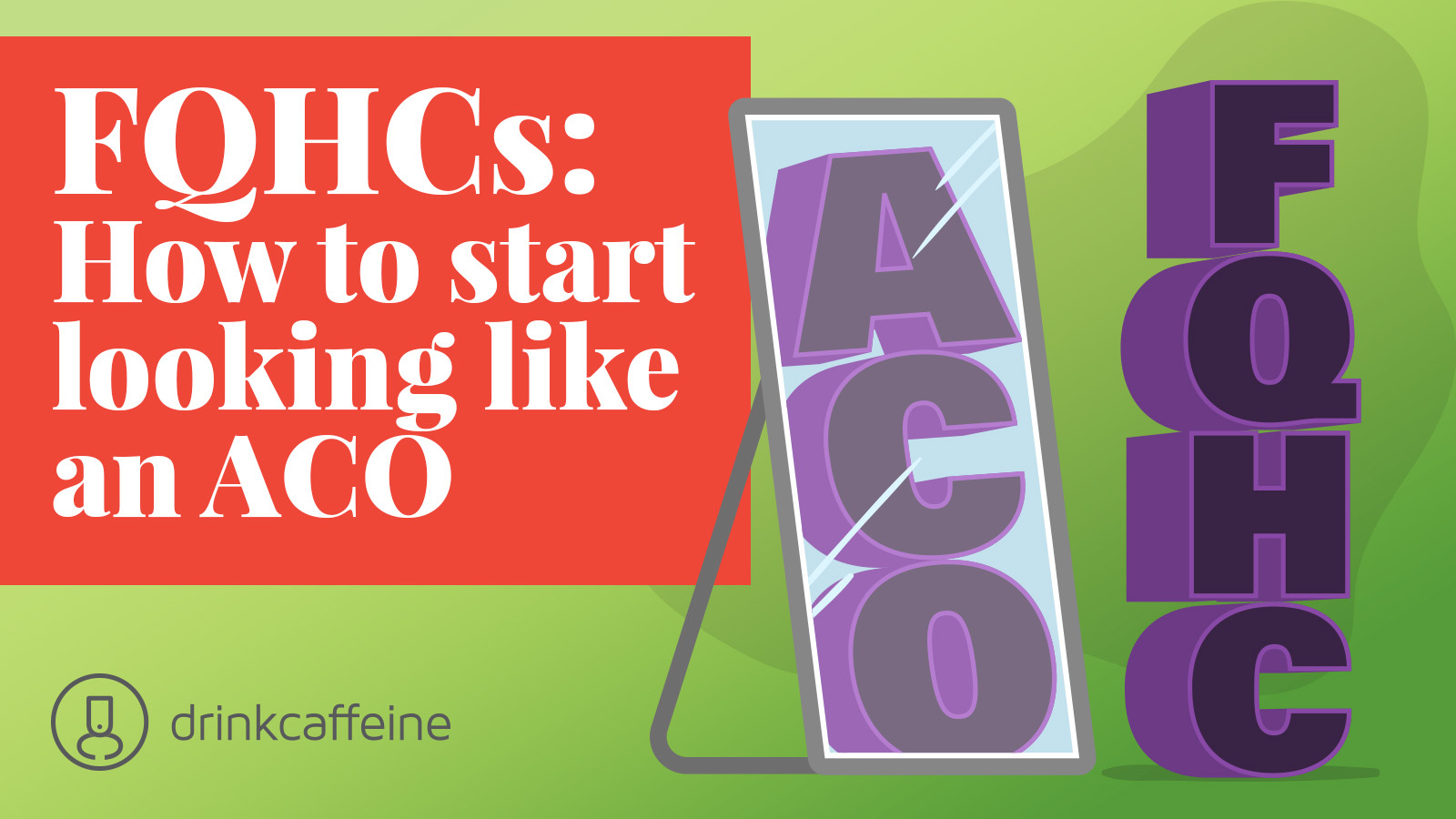While Accountable Care Organizations (ACOs) continue to enact value-based healthcare, it‘s been pointed out that FQHCs have been practicing value-based care for a long time without getting any credit for it.
FQHC-ACO partnerships are now opening new funding streams for FQHCs – at a time when the pressure to move toward value-based care and health equity is increasing. The ACO REACH program signifies a step in this direction.
With ACOs on the rise, the time seems right for FQHC leaders to position and market themselves as ACO-ready organizations.
Here are 3 ways to start.
1. Establish ACO-specific content on your website
- Start with a defined landing page or content hub within your site and populate it with content that defines your role and success in ACO participation – or your preparedness to do so.
- Position “gated” content such as case studies behind a data capture field for email and organizational profile data. Add it to a list of ACO leads for market development.
- Display information graphics that highlight savings achieved, patients served, value delivered.
2. Highlight the value-based story of FQHCs
- As FQHC strategist Sara Coates said, “Value-based care has been happening in CHCs since day one. It’s baked into the model so completely, from the focus on preventive care and social determinants of health to the manner in which they are paid.”
- FQHC success in chronic disease management, wellness, and overall primary care delivery needs to be told again and again in all materials distributed to potential business partners. The message: CHCs are set up to drive health equity and care value.
3. Identify competitive advantages
Some examples:
- Workflow. While operational models vary among FQHCs, many use team-based models that are payer-agnostic and produce positive outcomes. Workflow models should be featured.
- Telehealth. Portray telehealth as the advantage that it is, especially for its role in addressing front-line behavioral health needs and mitigating overall utilization of facilities.
- Integrated dental care. FQHC dental care has a strong story to tell. It should be told in the context of integrated care and responding to patient concerns – dental health is the most common personal health concern of FQHC patients, with more than 50% reporting a concern.
There’s more pro-ACO evidence emerging all the time. One recent study indicates that by working in an ACO model, FQHCs can overcome SDoH factors to achieve better population health at a lower cost
Now is the time for FQHC decision makers to develop B2B content that positions them as what they are: healthcare organizations that succeed because they deliver value.
When you’re ready to use data and evidence-based practices to solve healthcare communications problems, contact us.


